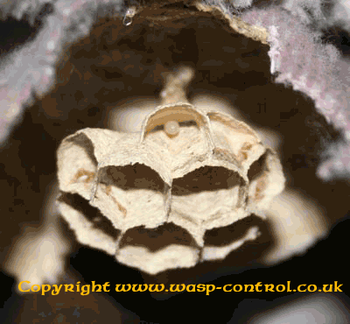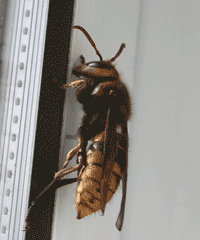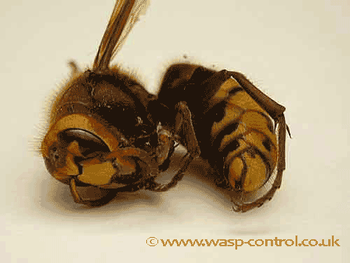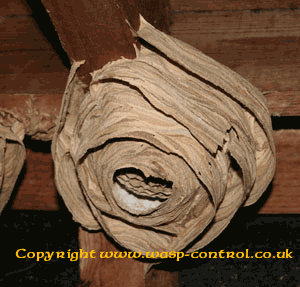Life Cycle of the Hornet
European Hornet (Vespa Crabro)
The European Hornet, scientifically known as Vespa Crabro, belongs to the Hymenoptera Order and is a type of wasp. It surpasses the size of Common Wasps or European Wasps, yet its life cycle closely resembles that of other wasps.
European Hornet Life Cycle
Similar to other wasp species, Queen Hornets emerge from winter hibernation and become active in spring as temperatures rise. Seeking an appropriate nesting site, such as a loft or shed, the queen selects a warm, dry, and undisturbed location.
To construct the nest, the queen gathers wood from various sources like fence panels and sheds. By chewing the wood and combining it with saliva, she creates a lightweight, waterproof, and durable material resembling paper mache. The nest begins with a central stalk called a petiole, securely attached to a sturdy surface like a rafter. The queen then forms cells around this center stalk, resembling combs found in a Bee Hive.
Once the initial cells are built, the queen starts laying eggs into them. As the eggs incubate, the queen continues nest construction and cell formation. The hatching of hornet larvae occurs approximately 5-8 days later, depending on the ambient temperature.

Do Hornets Display Higher Aggression Levels Compared to Wasps?
Many individuals harbor a greater apprehension towards Hornets than wasps, primarily owing to their larger size. While they are often perceived as more aggressive than other wasp species, our experience suggests that this notion may be somewhat unfounded. It's essential to clarify that Hornets can indeed exhibit aggression, particularly when defending their nest. However, it's crucial to avoid generalizing their behavior as excessively aggressive compared to other wasps.


What Constitutes the Diet of Hornet Larvae?
Upon hatching, the queen undertakes the responsibility of nourishing the larvae, providing them with a diet primarily composed of chewed-up insects rich in protein. After approximately two weeks, the larvae reach the pupation stage, during which they spin a silk cap over the top of their cell and undergo the transformative process into adult hornets.
Following the emergence of the initial brood of adult hornets, they assume the tasks of nest construction and gathering food for the subsequent larvae. During this phase, the queen shifts her focus solely to egg laying. This intricate division of labor within the hornet colony contributes to its overall functionality and survival.
Hornet Breeding Process Unveiled
As the nest reaches its peak size in the autumn, worker hornets construct special cells within the nest specifically designated for new queen larvae and male larvae.
Once these newly developed queens complete their pupation into fully formed Queen Hornets, they depart the nest and embark on a journey to find Male Drones from other nests for mating.
After successful mating, these newly mated queens seek out a suitable location for hibernation over the winter. The entire cycle then recommences in the spring, as each of these queens establishes a new nest, perpetuating the hornet breeding process.

Lifecycle Conclusion of Hornet Nests
Following the departure of the new Queen hornets from the nest, the original queen ceases to lay any more eggs. The onset of the first frosts and a decline in temperature marks the beginning of the nest's demise. While nests situated in warm loft spaces may persist longer, most nests are generally lifeless by Christmas. By this time, all worker hornets, male drones, and the original queen have perished.
Comparatively larger than wasp nests, hornet nests typically house a smaller population, ranging between 200-400 Hornets per nest. This succinct lifecycle overview encapsulates the natural progression and eventual conclusion of hornet nests.


